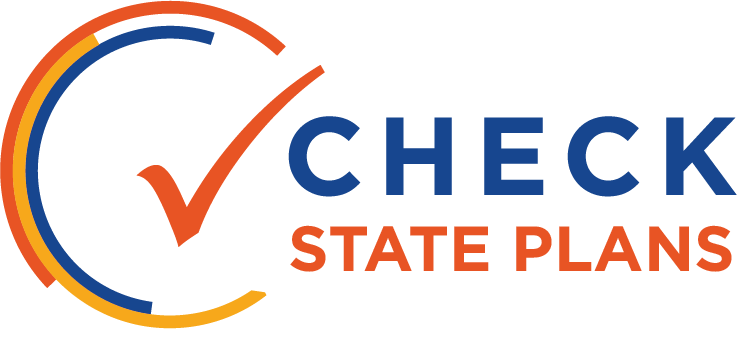Score:

New York’s documentation of its state support system is the strongest part of the state’s plan.
It is detailed, thorough, and has the potential to succeed. New York plans to offer a differentiated system of supports to schools based on their identified needs and includes a well-thought-out plan for use of evidence-based interventions. Although many states make statements to this effect, New York has put in place a comprehensive process to ensure schools and districts are equipped to navigate the school improvement process.
All schools identified for comprehensive and targeted support must complete a Comprehensive Diagnostic Needs Assessment process that includes a two- to three-day on-site visit from a team of external reviewers trained to look for the school’s “evidence of impact.” The reviews are focused on six tenets of school quality: school leader practices and decisions, curriculum development and support, teacher practices and decisions, student social and emotional developmental health, family and community engagement, and district leadership and capacity.
Going forward, the state will prohibit teachers rated below “Effective” from transferring into schools identified for comprehensive support. The state also has interesting plans to implement a “participatory budgeting process” that will allow parents to help determine how additional funds allocated to comprehensive=support schools should be allocated, to conduct “resource allocation reviews” of districts with significant numbers of schools identified for support, and to identify “Target Districts,” where entire districts are in need of additional support.
New York has also articulated a smart strategy to allocate the 7 percent of its federal funds dedicated to school improvement activities.
All Title I targeted and comprehensive support schools will receive additional funds, with comprehensive=support schools receiving larger shares. If schools make progress, they can qualify for additional funding designed to help them sustain and consolidate their gains. For schools that fail to make progress, the state will provide extra support and technical assistance before providing additional funding.
If a school identified as a comprehensive support school fails to exit status within three years, the school will automatically be placed in the state’s Receivership program (save for some special situations). Similarly, schools that had previously been identified as “priority” schools under the state’s prior accountability system and that are identified as comprehensive-support schools in the initial year will also be placed in the Receivership program, which can eventually trigger a school for conversion to a charter school, placed under the control of the State University of New York or the City University of New York, or cause it to be closed down.
Finally, New York state should indicate if and how it intends to provide direct student services using the optional 3 percent set-aside, which provides an additional opportunity for the state to align school improvement activities with its statewide goals.


